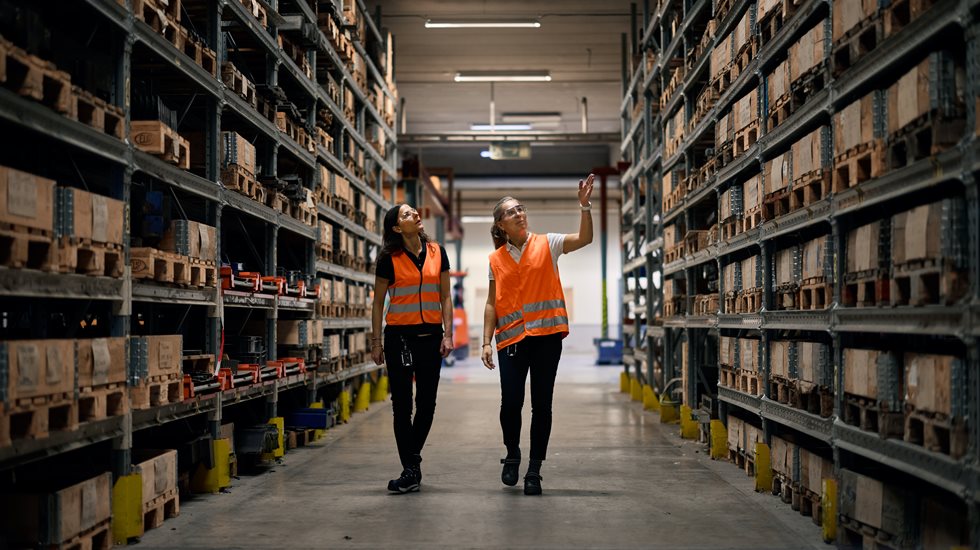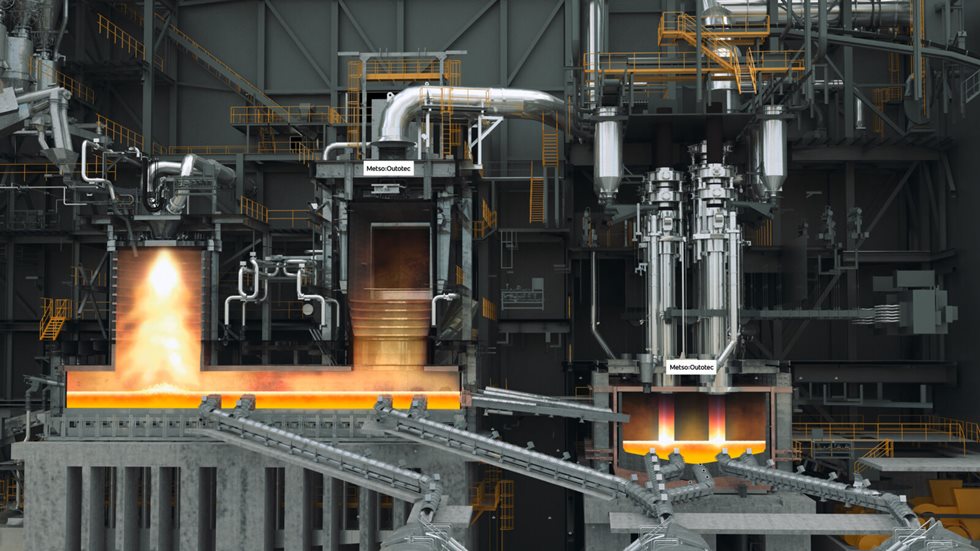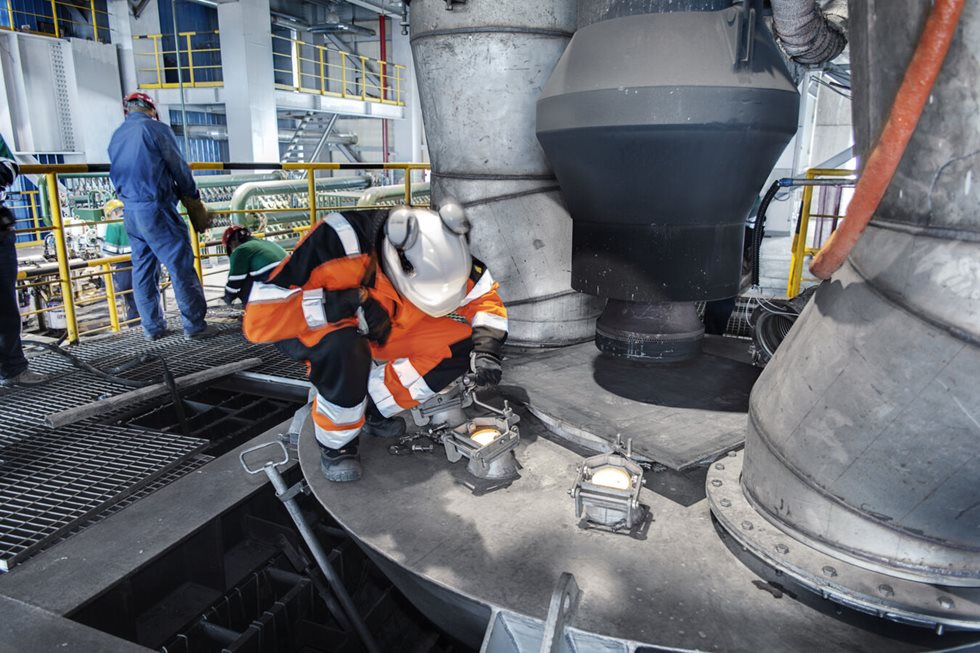A collective effort with energy savings yielded good results
One important way to drive emission reductions is the implementation of energy saving actions in our own operations. We also buy renewable energy certificates (RECs) that demonstrate that our purchased electricity has been produced with renewable energy sources. Around 85% of the electricity consumption of our biggest locations come from renewable sources, which represents more than 90% of their total electricity consumption.
Our Lappeenranta manufacturing site started to purchase renewable district heat in 2021, which will help us reduce our CO2 footprint by more than 250 tCO2 annually. At our Pori site, switching to green energy means that we can now reduce 450 tCO2 annually, representing an 80% decrease in the local CO2. However, the energy saving actions in our own operations become even more critical when companies around the globe set more robust emission targets and the price for RECs is likely to go up substantially. We aim for net-zero by 2030 and as we expect our production volumes to grow, it is critical that we find more ways to cut our own emissions with internal actions.
And that’s exactly what we are doing: Our sites have been actively finding ways to reduce their carbon footprint and increase energy efficiency. For example, at our Tianjin, Suzhou, Alwar and Sorocaba sites the old lights were replaced by new types of LED illumination. This resulted in less maintenance cost and electricity consumption. At the Alwar factory, we converted the diesel boiler to LPG, at Prerov foundry we invested in a new system for pre-heating of ladles, reducing our natural gas consumption by approximately 300K m3 per year. At the Quzhou foundry, we built a new cooling pool. In addition, we have started replacing fossil fuel-driven forklifts with electric-driven in our aggregates factories. This saves fuel and improves air quality.



